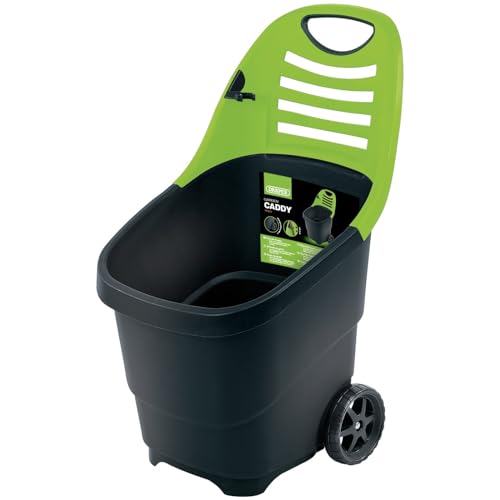When to cut back peonies for beautiful, bushier plants
This is when you should be pruning your peonies
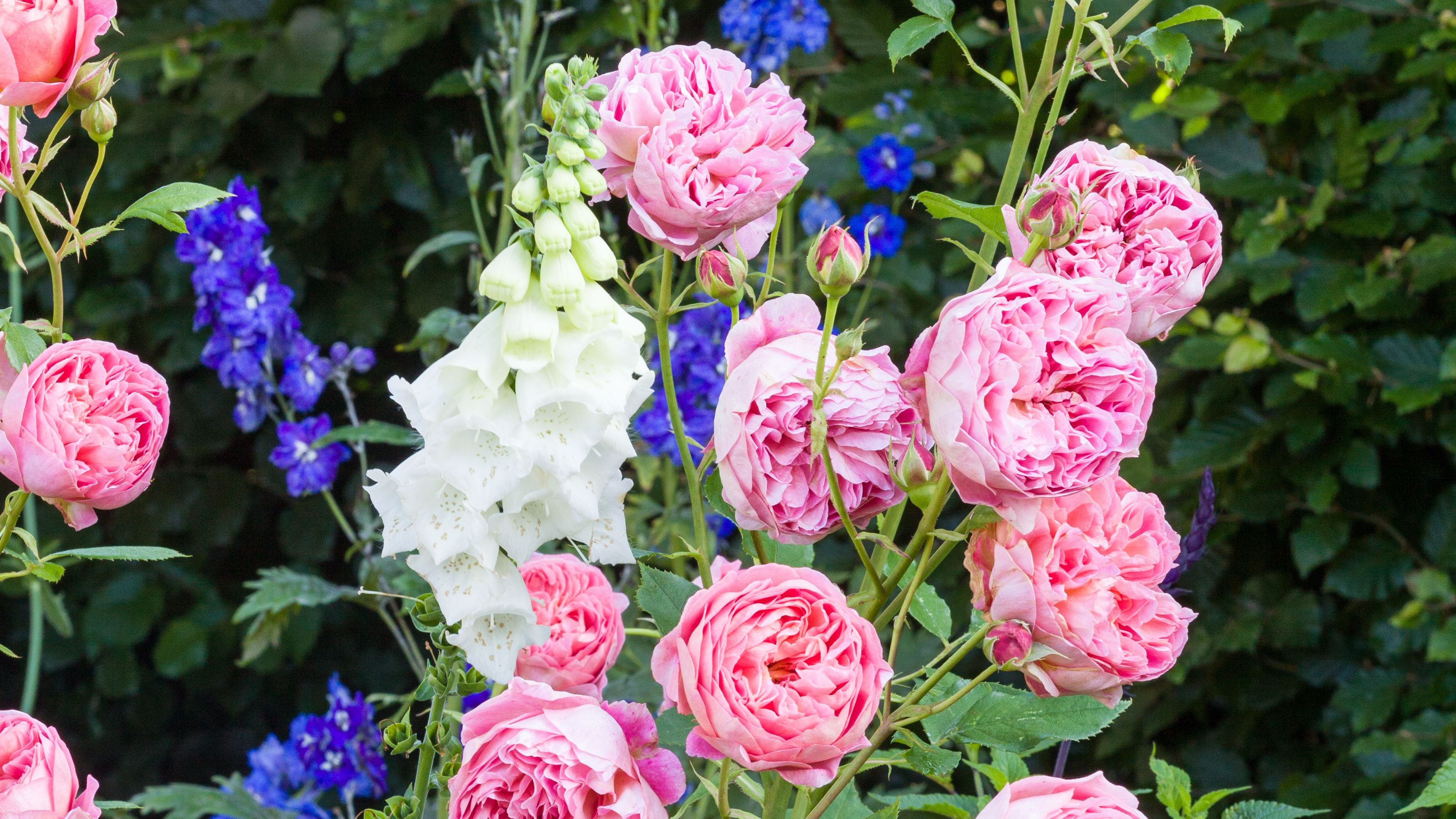

Sophie King
Peonies are an absolute favourite in the garden – the huge, bold blooms make majestic displays, and the cut flowers look beautiful in the vase. To ensure your plants thrive every year, you'll need to know when to cut back peonies.
Learning how to grow peonies is one thing, but cutting them back at the right time is key to keeping your plants in tip-top condition. 'If you prune too early, you'll damage the growing cycle, and the peonies will not grow as well or flower as well the following year,' says Lucie Bradley, gardening and greenhouse expert at Two Wests & Elliott.
When it comes to knowing when to cut back peonies, it's important to bear in mind that there are several different kinds – tree peonies, herbaceous peonies, and intersectional peonies.
So, whether you've got plants in your garden border or have just figured out how to grow peonies in pots, we've broken down each type to help you work out how and when to cut back peonies.
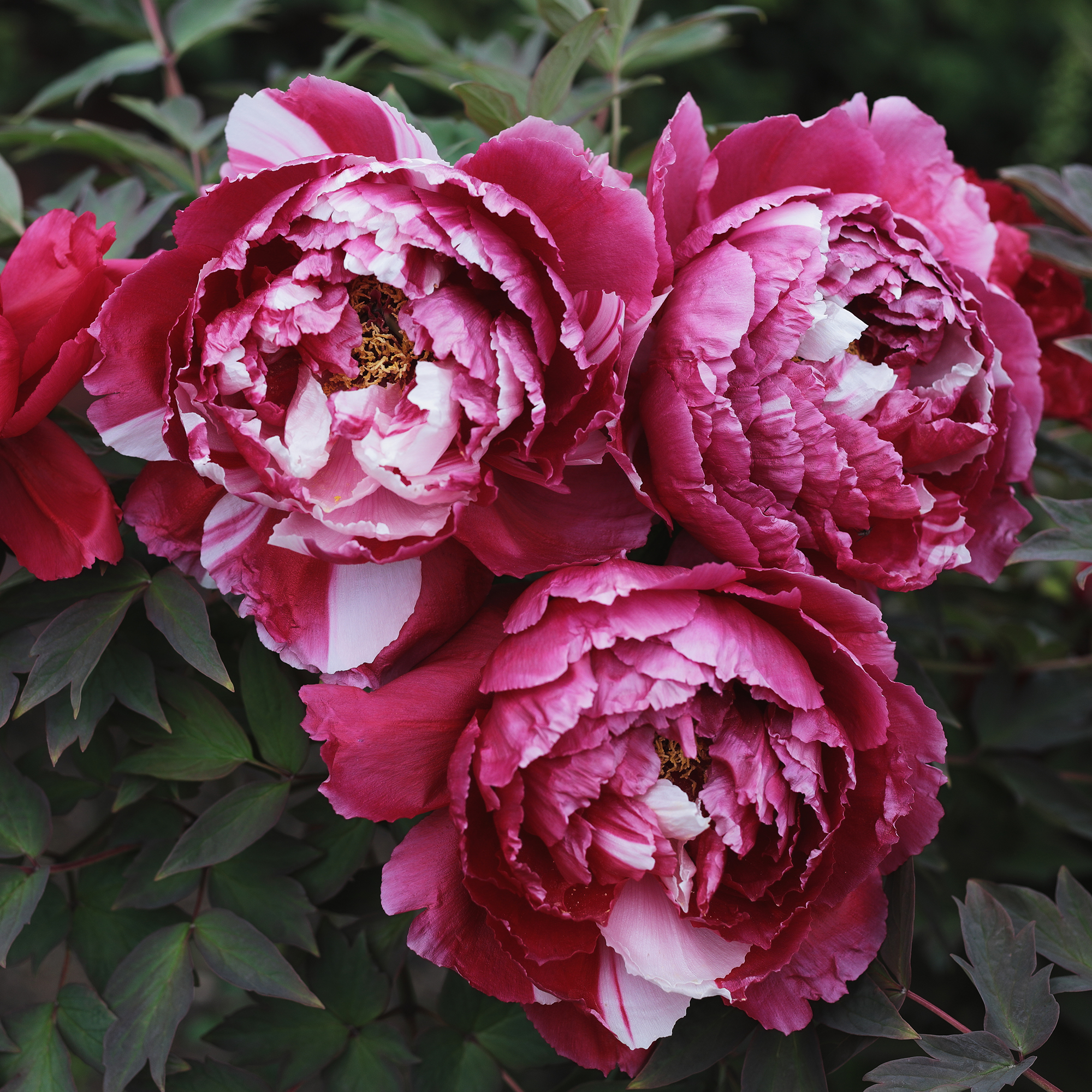
When to cut back herbaceous and intersectional peonies
Prized for their abundant foliage and spectacular blooms, herbaceous peonies are hardy perennials, and they're relatively easy to grow.
Intersectional peonies are a hybrid of herbaceous and tree peonies, and they're generally less common but more expensive to buy.
Both herbaceous and intersectional peonies appear to naturally die back to ground level during the winter, but there's an important reason for this.
Sign up to our newsletter for style inspiration, real homes, project and garden advice and shopping know-how
'They are actually using energy from the leaves for developing and growing flowering buds for the next year,' says Graham Smith MCIHort, gardening expert at LBS Horticulture. 'You should avoid cutting them back until around late October or early November, after the first frosts when the foliage has turned yellow.
'It's important that you wait for the foliage of your peonies to die back naturally before cutting them back, as cutting the plant back too early can prevent it from gathering enough energy via photosynthesis for future growth and flowering.'
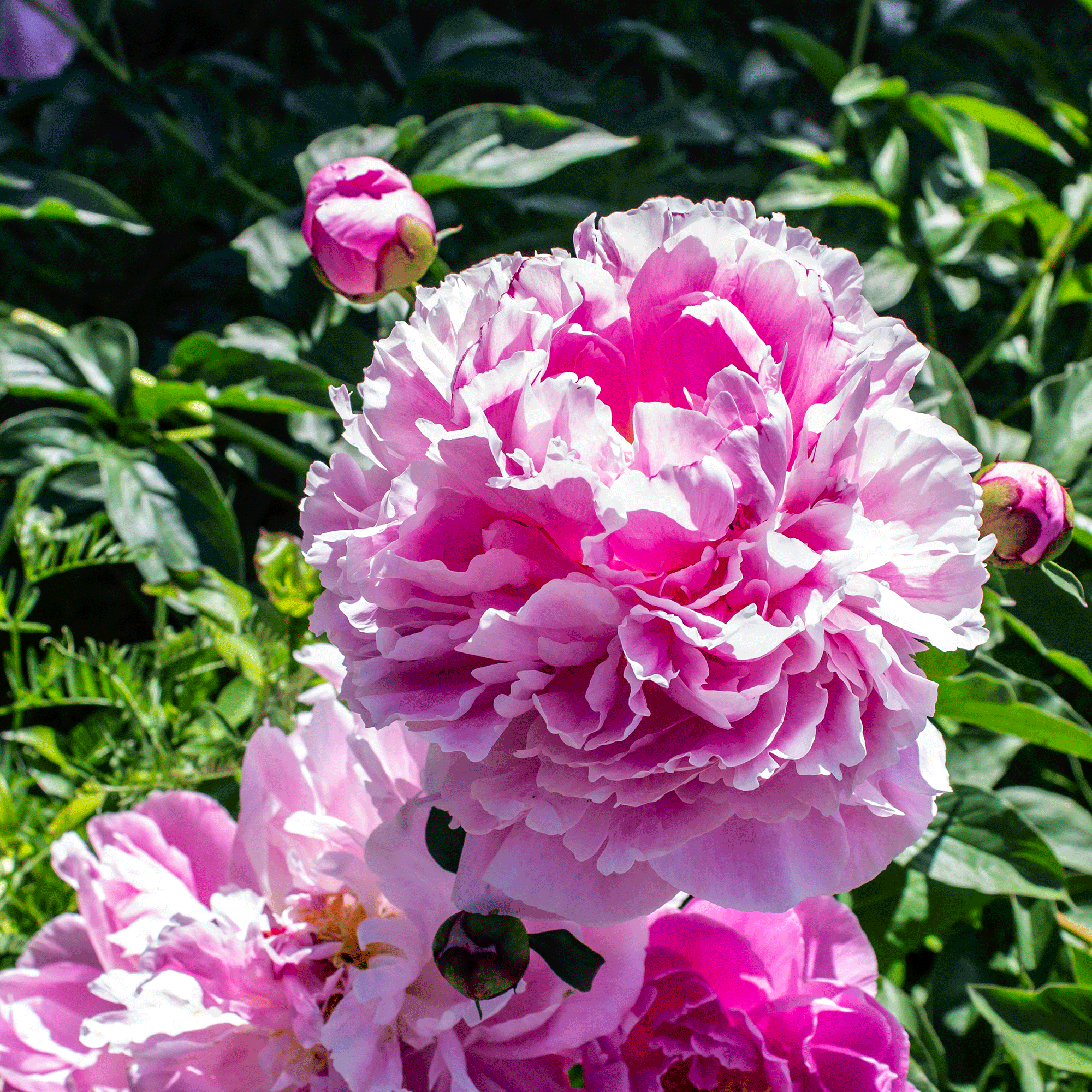
You'll need to remove most of the stems for the best results. 'When pruning peonies, cut back the older stems to about 3cm in length – or, if you want to be more cautious, cut back every third stem to this length,' says Lucie from Two Wests & Elliott. 'Cutting back peonies in this way is likely to result in fewer flowers come springtime, but it will result in a stronger, healthier plant later in the year.'
Cutting your plants right back will also reduce the risk of peony wilt disease in the spring. As always, make sure you know how to clean garden tools properly before and after pruning sessions to minimise the chance of diseases spreading between plants – it's one of the most common peony pruning mistakes you'll want to avoid.
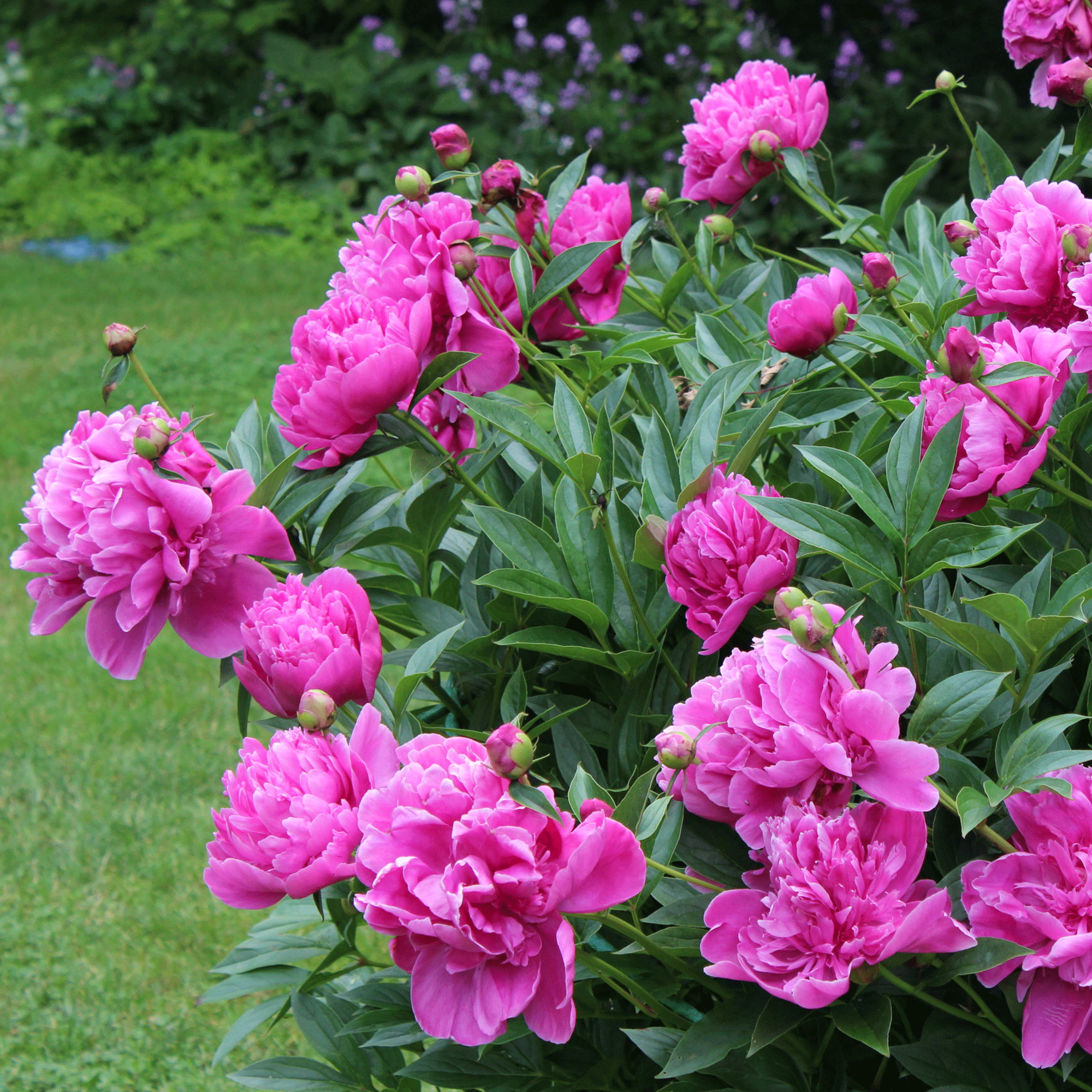
When to cut back tree peonies
Despite their name, tree peonies are actually shrubs which produce attractive blooms from mid-spring to early summer.
Out of all of the peony types, tree peonies need the least maintenance. 'They only usually require minor pruning, such as deadheading or removing dead and damaged branches,' says Graham from LBS Horticulture. Deadheading is an important task if you're wondering how to keep peonies blooming for longer.
If you do need to lightly prune your tree peonies, you should wait until the cooler months. 'Tree peonies respond well to being cut back in the autumn,' says Lucie from Two Wests & Elliott.
Cut away flowered shoots to just above healthy growth to keep your tree peonies in good condition.
Why should you cut back peonies?
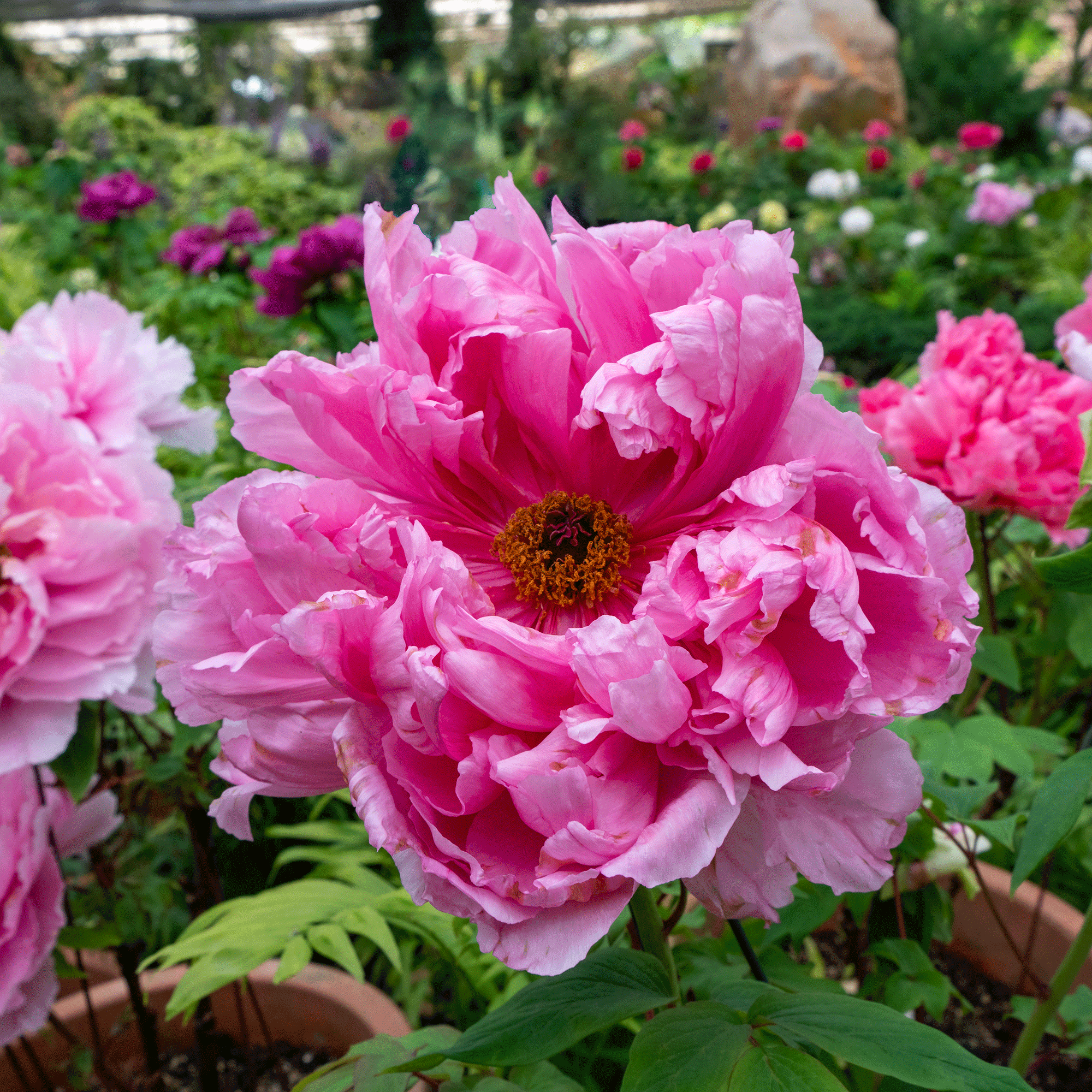
Peonies need to be cut back every single year – for the sake of the plant itself and for the beauty of your garden. But why pruning so important?
For starters, cutting back your peonies will help the plant hold itself upright. As the plant grows and the flowers bloom bigger and brighter, they can often be too heavy for the stem. This causes the whole plant to flop over, potentially smothering other plants in the flowerbed in the process.
By cutting back your peonies, you'll encourage healthier growth the following year. 'If you prune peonies back in the autumn, removing most of the stems and foliage, they will grow better and form bushier, healthier plants the following spring,' says Lucie from Two Wests & Elliott.
But that’s not all – cutting back your peonies will help control any insects or diseases that may be infecting the plant and promote a healthier bloom next year.
What you'll need
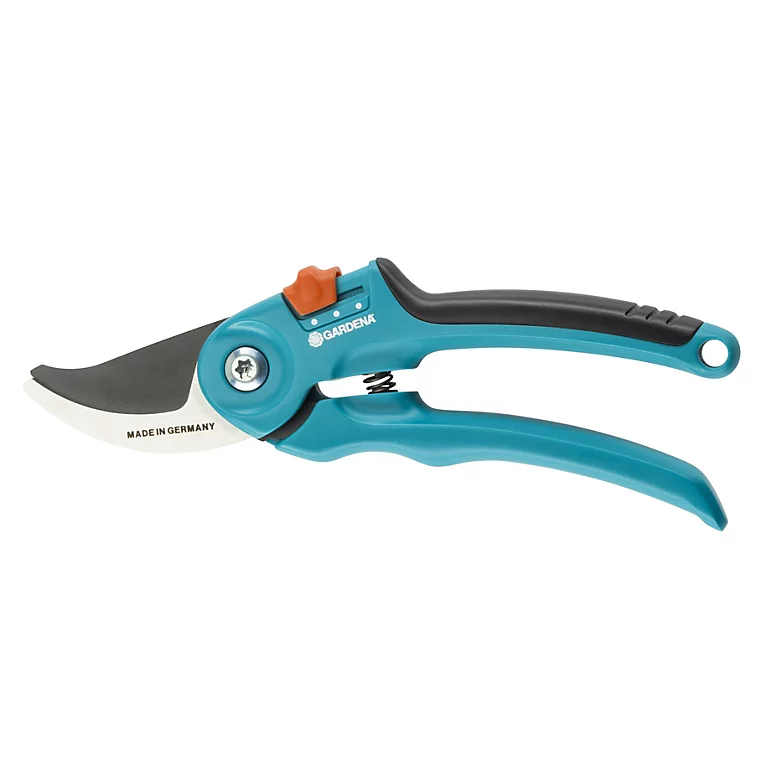

Protect your hands against thorns and other sharp pruning offcuts with these stylish gardening gloves.
FAQs
Should you deadhead peonies after flowering?
It would be easy to assume that deadheading and pruning are basically the same thing. Yet, there’s a big difference. If you're wondering whether you should deadhead peonies, it's a handy task to pop on your list.
'Although it’s not essential to deadhead peony flowers, deadheading blooms as they fade will help keep the plants looking tidy and encourage healthy root growth,' says Lucie from Two Wests & Elliott. 'However, when deadheading blooms, avoid removing any foliage – even if it seems like it’s dying back. You need to wait until autumn before removing any foliage – before this time, you could be cutting back the plant whilst it is still growing.'
Do you cut back peonies after flowering?
Peony flowers rarely flower for more than six weeks, and they normally stop blooming in late spring or early summer. It’s important that you don’t cut back peonies after flowering, as this is too early. It’s best to wait until the first frost of the season to cut back your peonies, as this will give the plant the chance to squeeze as much energy out of the leaves as possible.
Now you know when to cut back peonies, you can start cultivating your healthiest plants yet.

Lauren Bradbury has been the Content Editor for the House Manual section since January 2025 but worked with the team as a freelancer for a year and a half before that. She graduated with a Bachelor’s degree in English and Creative Writing from the University of Chichester in 2016. Then, she dipped her toe into the world of content writing, primarily focusing on home content. After years of agency work, she decided to take the plunge and become a full-time freelancer for online publications, including Real Homes and Ideal Home, before taking on this permanent role. Now, she spends her days searching for the best decluttering and cleaning hacks and creating handy how-to guides for homeowners and renters alike, as well as testing vacuums as part of her role as the Ideal Home Certified Expert in Training on Vacuums, having spent over 110 hours testing different vacuum models to date!
- Sophie KingGardens Editor
